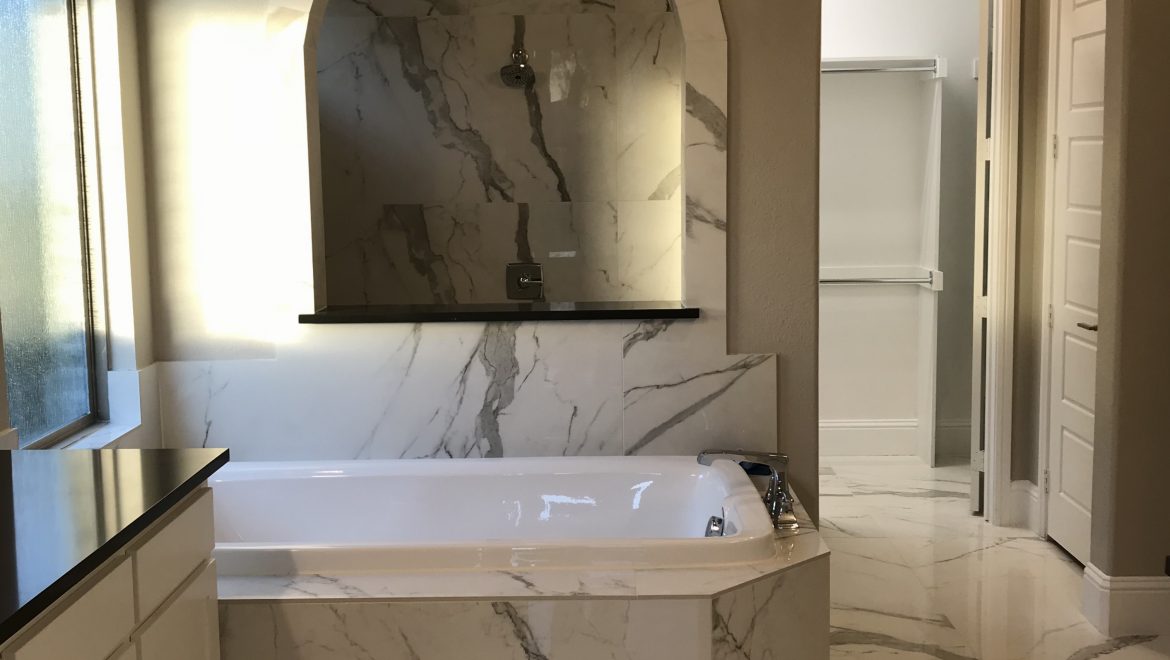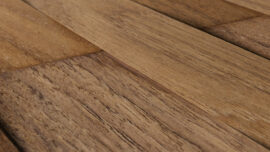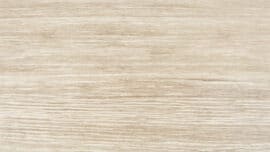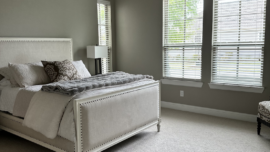Can You Use Hardwood Flooring in A Bathroom?
The hardwood flooring in your bathroom can make a huge impact on the appearance and feel of your space. But you may be wondering if hardwood is right for your situation.
If you’re considering hardwood floors for a bathroom, keep these things in mind:
- hardwoods are more susceptible to water damage
- hardwoods may require more time and money spent on waterproofing and sealing than other types of flooring
- hardwoods may need periodic refinishing to maintain their beauty.
But they offer a great deal of visual appeal and beautiful flooring for years on end if they’re done right.
Overall, we recommend not using hardwood flooring in bathrooms that have a shower or tub and using them with caution and preparation in powder rooms. Read on to learn more.
Hardwood Flooring In A Bathroom Can Add Elegance And Class
The appeal of hardwood floors is hard to argue with. They add a touch of elegance and class to any room. And if you’re looking for that spa-like feeling in your bathroom, hardwood floors may be just what you need.
In fact, hardwood floors are so desirable in a home that they have been shown to increase property values by up to 10%. Another interesting study by the National Association of Realtors has shown that homes with hardwood floors can sell for an average of $5,000 more than homes without. So if you are looking at the installation of hardwood floors from an investment standpoint, it would be hard to go wrong.
However, before making your decision, it’s important to consider the pros and cons of this type of flooring, especially in an area notorious for moisture.
Hardwoods Are Susceptible To Water Damage
One of the main drawbacks to hardwood flooring in a bathroom is that it is more susceptible to water damage than other types of flooring. If your bathroom is not properly sealed with polyurethane, you may find yourself with buckled and warped floors before too long.
In addition, if water does get on your hardwoods, it can cause them to swell and even rot. This is why we do not recommend hardwood floors in a bathroom that contains a shower or bath.
A hardwood floor can be damaged by water from a number of sources, including:
- splashing or spilling on the hardwood surface itself
- flooding caused by clogging in pipes and drains
- condensation that forms under tiles or slabs
However, the most common problem in a bathroom setting is when water is left to stand on the hardwood surface for a long period of time from tub and shower use.
This can lead to stains and warped boards, which will eventually cause other problems for your home.
While we don’t recommend using hardwood in a full bathroom, if you are choosing to do so, there are many different types of hardwoods available now that resist moisture a little better than traditional hardwoods like oak or maple wood. More on that below.
Hardwoods Require Proper Waterproofing
The costs of waterproofing hardwood flooring are also something to consider.
In general, hardwood floors are naturally water-resistant. However, if your bathroom has a hardwood floor, it’s likely that the room will become wet from time to time as a result of splashing or spills on the hardwood surface. We suggest cleaning up spills immediately when they happen and not leaving puddles on the hardwood.
Polyurethane seals the wood and helps make it waterproof. It also serves as a protective coating that hardwood floors need to maintain their beauty and durability over time.
These sealers can be applied by professional hardwood flooring companies or you could choose one of the many water-based polyurethane products available at your local home improvement store and do it yourself.
Hardwoods May Need Periodic Refinishing To Maintain Their Beauty
A hardwood floor that is properly maintained and has a high-quality finish can last for up to 20 years or more before it needs to be refinished. However, if you care for your floors correctly, they will last much longer.
Refinishing hardwood floors is a big job, but it can be worth it to keep your floor looking beautiful for years to come. The basic steps to hardwood floor refinishing are:
- sand hardwood floors with a special sander
- apply hardwood flooring stain, if desired
- finish by applying hardwood floor protective coating
If done correctly, this process can take anywhere from four to eight hours per room depending on the size of your space and how many coats are needed to get an even coat.
What Are The Best Wood Options for Waterproof Hardwood Floors?
Hardwoods that are the least susceptible to water damage are often hardwoods that are naturally more water-resistant. These hardwood floors may include:
- Maple (hard, durable).
- Hickory (very hard and dense).
- Red Oak Wood Flooring (moderately hard but still more resistant to water than most other types of wood flooring)
What About Engineered Hardwoods For Water Resistance?
Engineered hardwoods are great for water resistance because they are constructed from hardwood planks with a veneer of hardwood on top. The hardwood veneer provides the durability that is necessary for high-moisture areas like bathrooms, while engineered hardwoods can help you save money because they require less finishing and sealing than solid wood floors do.
Getting Help With Your Hardwood Floor Purchase
Hardwood flooring is a popular and beautiful choice for many homeowners, but it can also be difficult to choose the right style. There are so many different types of hardwood floors with so many different looks! You have to consider cost, durability, color, and finish when making your selection.
That’s why it can be helpful to get expert advice when choosing hardwood flooring for your home. A professional hardwood flooring company can help you select the right type of wood and the right finish for your specific needs and preferences. They can also give you a quote on how much the installation will cost.
GC Flooring Pros is here to help you make the best decision possible by providing you with professional advice, guidance, and recommendations based on your unique needs. We’re happy to answer any questions about our products or services at any time during your purchase process. Our experts are always available via phone call or email whenever you need them!
If you are in the Dallas, TX area and you would like hardwood flooring installed in your home, we can help with any hardwood style or finish that appeals to you. Request an in-house estimate today!











